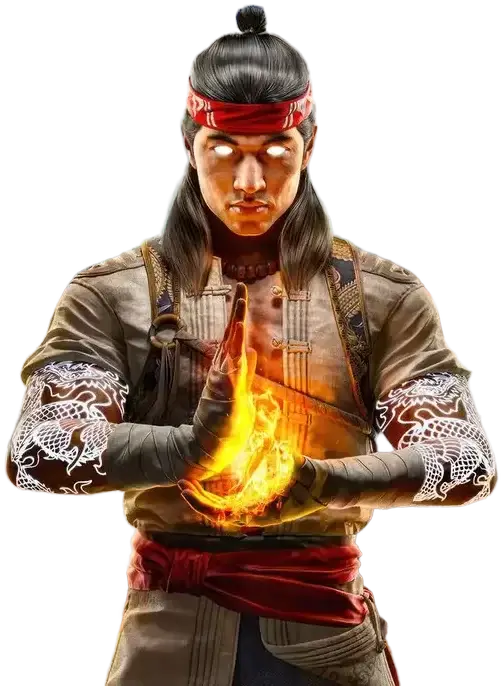


Detailed reviews and recommendations of the most exciting and popular game projects that have won the hearts of millions of players around the world. Discover new horizons of virtual adventures that range from fast-paced adrenaline-fueled action games to deep strategies that require careful planning and tactics. Keep up to date with the latest trends and latest innovations in the gaming industry, which are constantly evolving and surprising. We cover both indie games and big releases so that every gamer can find something to their liking. Join our friendly community of gamers, exchange opinions and find your ideal game for an unforgettable pastime and exciting evenings full of fun and adventure.
To learn more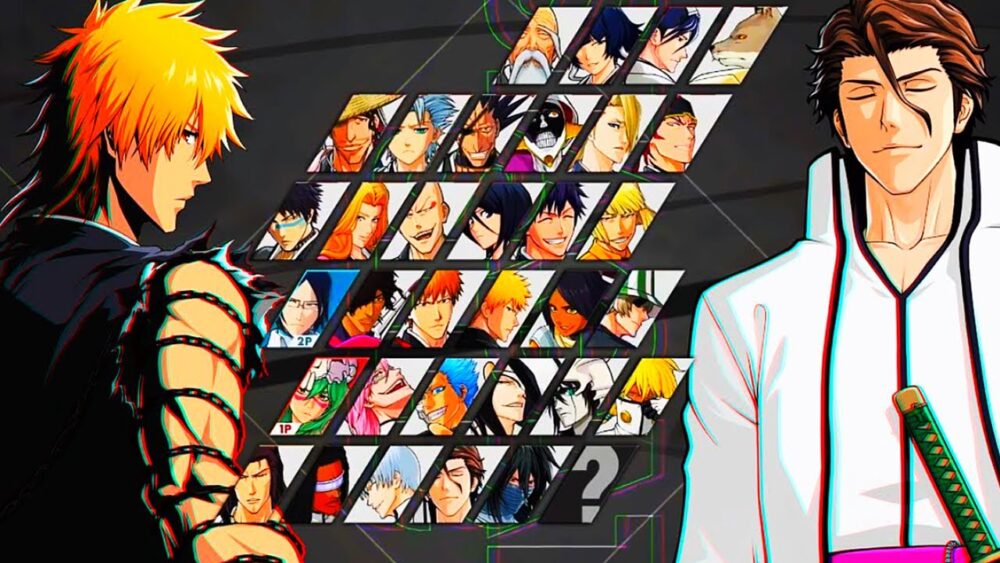
Not every day a fighting game comes out that respects the manga canon while raising the bar for the genre. When a project combines a precise plot, a distinctive style, and well-developed combat, it’s a reason to take notice. This is exactly what happened with the release of Bleach: Rebirth of Soul. The project was …
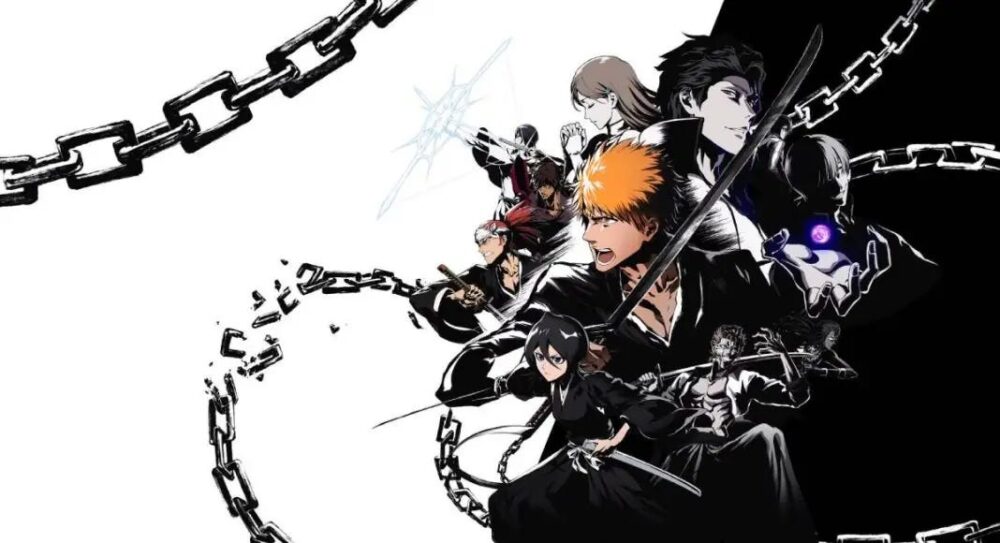
First impressions of the game Bleach: Rebirth of Soul formed rapidly — right after the loud release in March 2025. Tamsoft Corporation presented a project capable of revitalizing the genre and questioning its boundaries. The new fighting game received multi-platform support — the release covered PC, PS, and Xbox, and the launch of online servers …
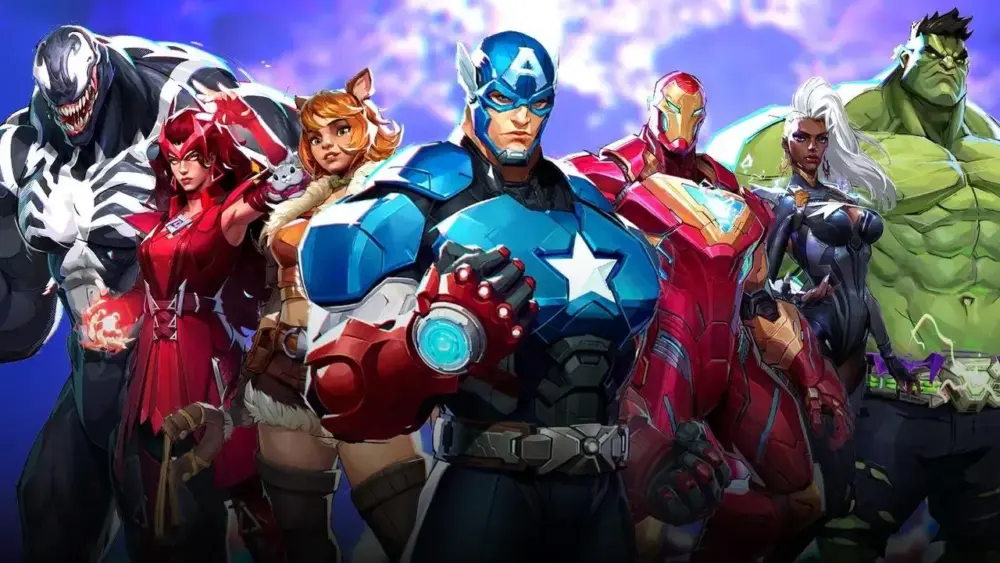
In a world where every shot determines the fate of the team, hero classes in Marvel Rivals cease to be a formality — they become a cornerstone of winning tactics. The team shooter breaks the usual genre boundaries, turning the choice of a character into a strategic game with dozens of variables. Not just a …
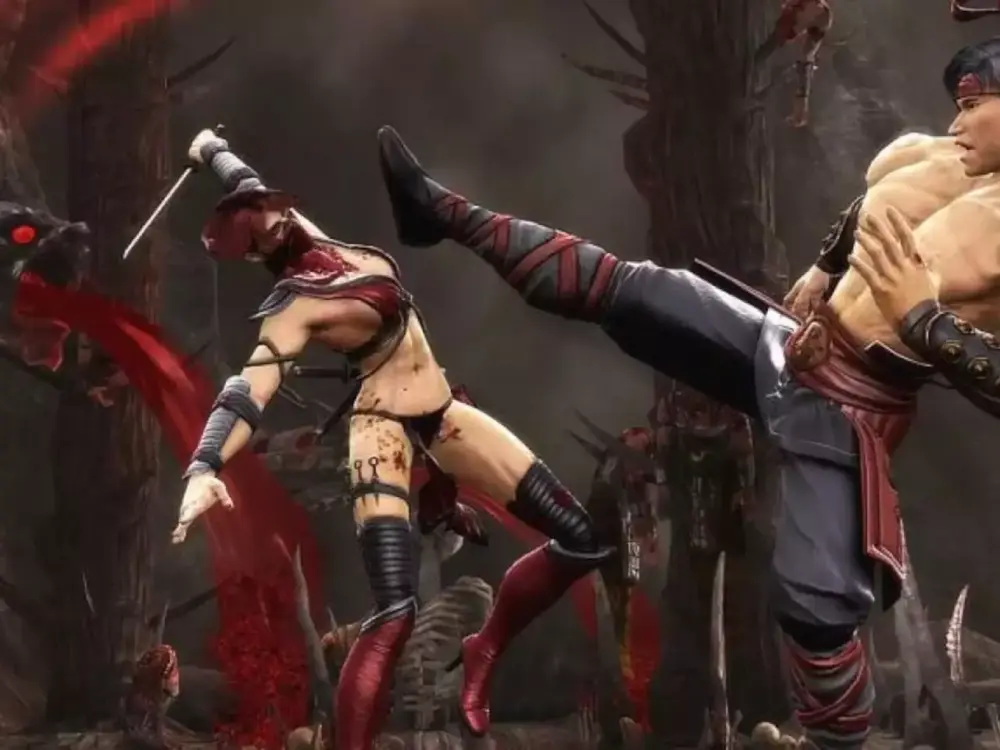
Project mechanisms define the style and pace of every fighting game. Sidestepping, auto combos, fatalities, and displacement shape the strategies, turning battles into dynamic and unpredictable clashes. The genre’s evolution demonstrates that the depth of fighting mechanics directly impacts player interest and the evolution of the projects themselves. Fighting Game Mechanics: Genre Skeleton The genre’s …
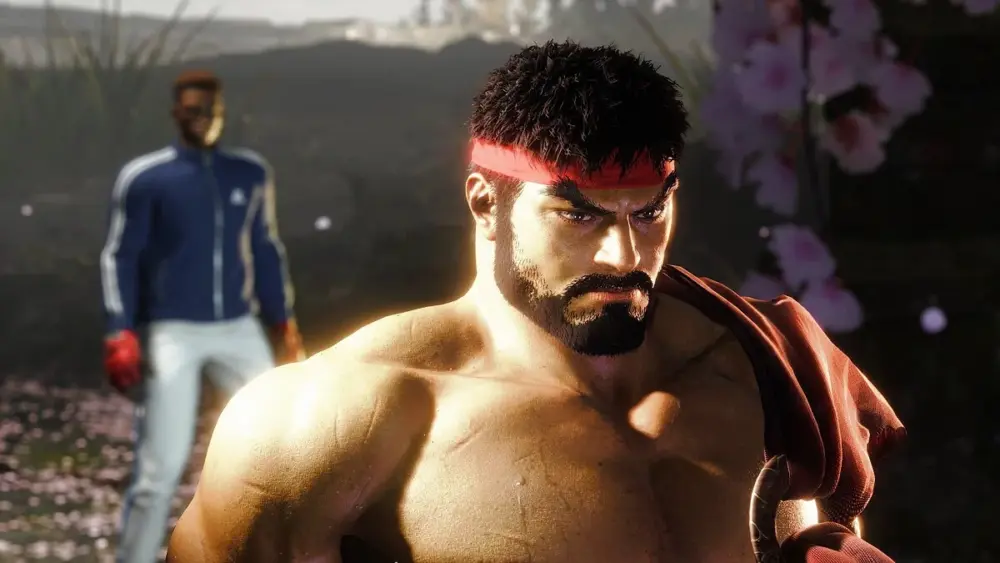
Forget about the old rules. Street Fighter 6 not only continues the series but completely reimagines the fighting genre, and our review will be dedicated to it. We will examine how Capcom has thought through every detail — from smooth animation to deep strategic mechanics that allow you to change your fighting style on the …

Future Games Show 2025 brought together dozens of studios and publishers, showcasing anticipated projects, innovative genre hybrids, and impressive trailers. The main focus of the presentation was on spectacle, gameplay features, and multi-platform releases. The participants included both well-known brands and indie developers, resulting in announcements covering a wide range of genres — from horror …
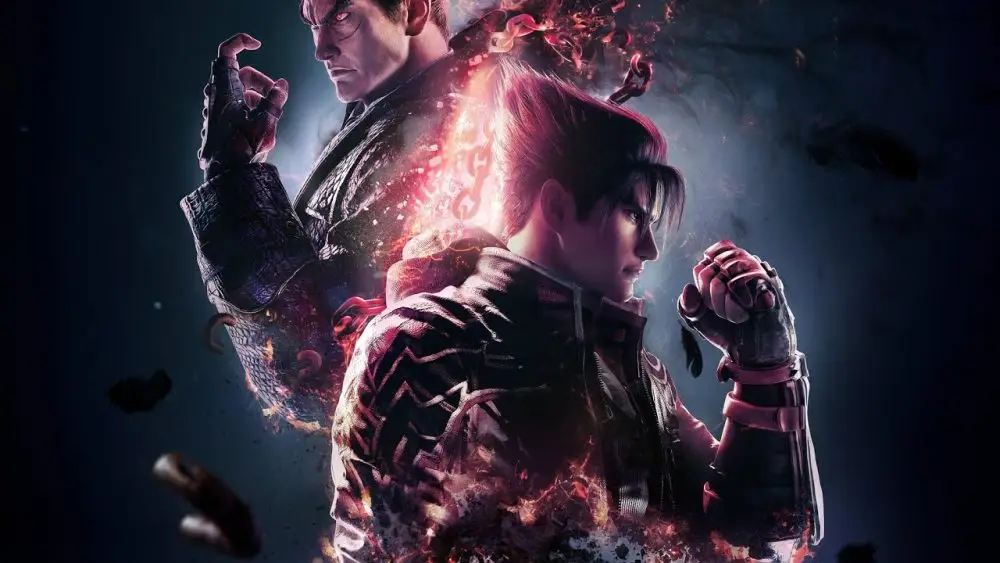
Fighting games have maintained their position in the market even after years of pressure from RPGs and online shooters. The genre continues to evolve, focusing on deep mechanics, honing reactions, memorizing combos, and providing emotional impact. The top 5 fighting games on PC include projects that have proven their leadership through mechanics, design, systematics, and …

The fighting game genre continues to delight players with long-awaited game releases and unexpected novelties in 2025. The list includes both classic series and experimental formats that have the potential to revolutionize combat concepts on PC and consoles. Notable projects include the dynamic Absolum, the updated WWE 2K25, the long-awaited Fatal Fury: City of the …
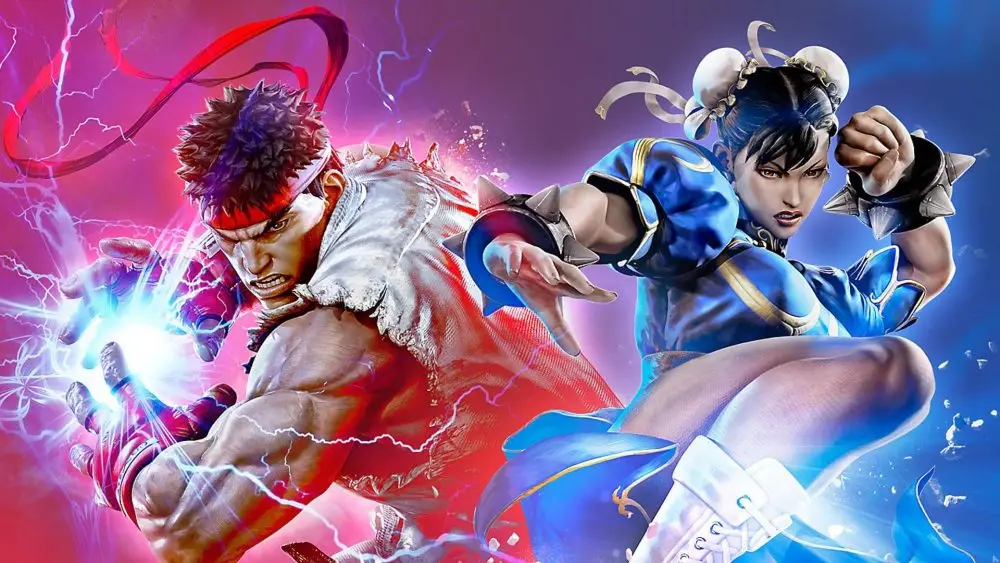
Fighting games have developed their own language over the decades — a visual, mechanical, and emotional language. Kicks, blocks, and combos create a rhythm where tactical thinking meets instant decision-making. This genre is not influenced by fashion or mass trends; it sets its own rules. Its popularity is not driven by storylines, but rather by …
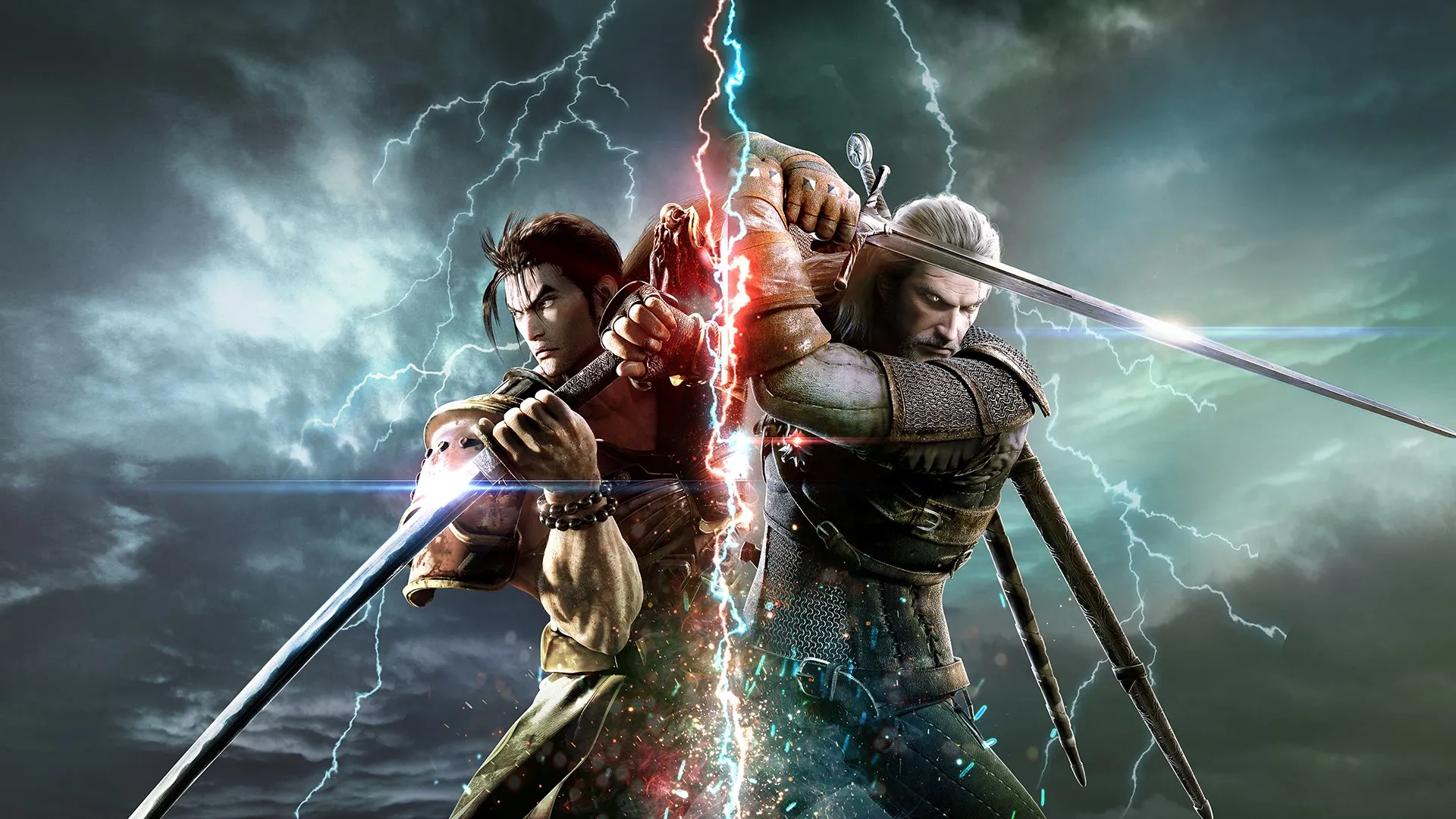
Fighting games have been experiencing a real renaissance in the last few years, reaching a new level in terms of graphics, mechanics, and overall perception. And although many fans of the genre associate them with classic arcade battles and fights on the screens of old consoles, the developers have made their own adjustments. Today we …
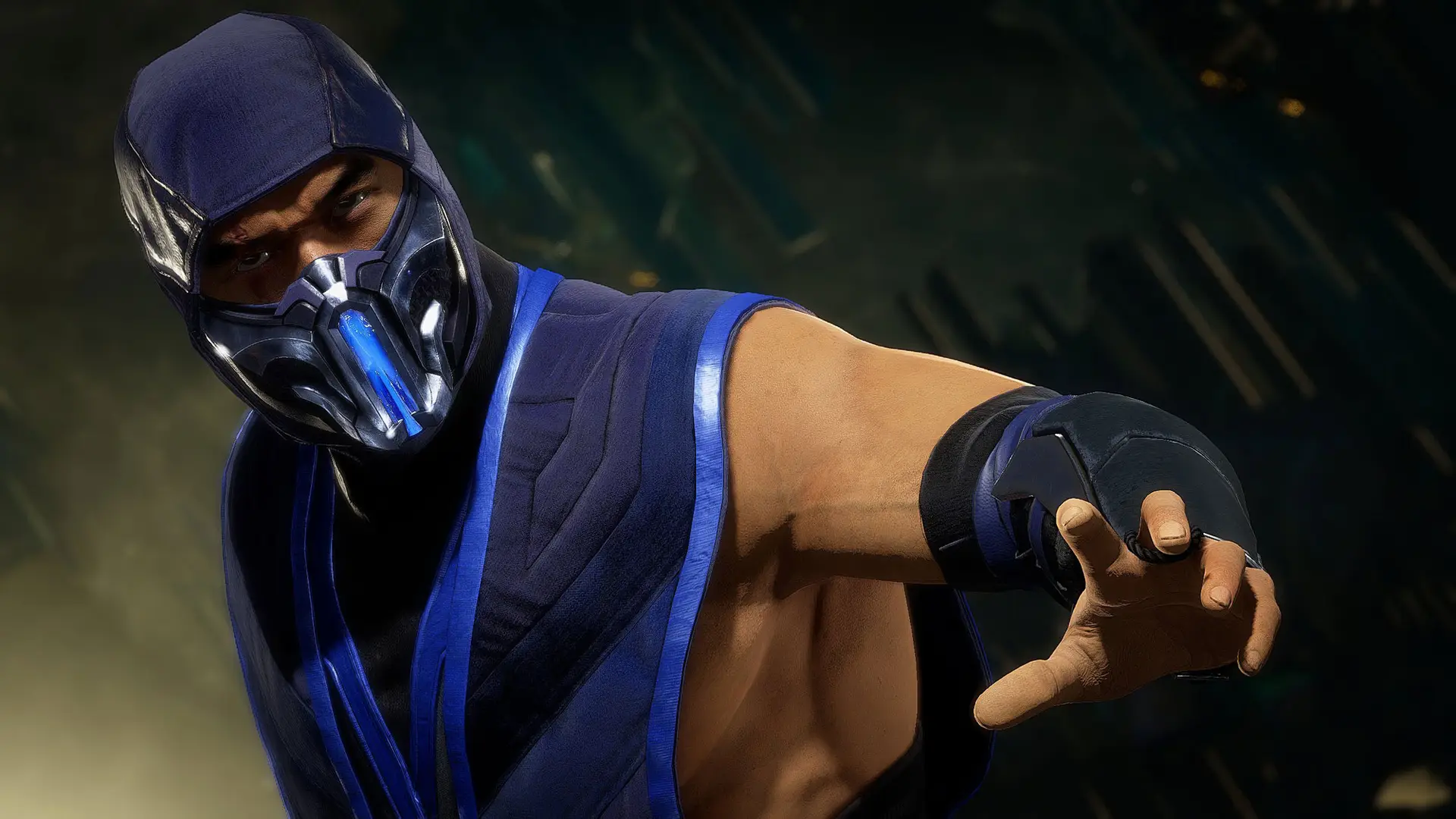
Heroes of cult projects have become symbols of strength, charisma and uncompromising fighting spirit. They are the living embodiment of the passion of millions of gamers around the world. What is special about fighting game characters? Uniqueness, fighting abilities and a rich history. Each of them is a real hero with his own fighting philosophy, …
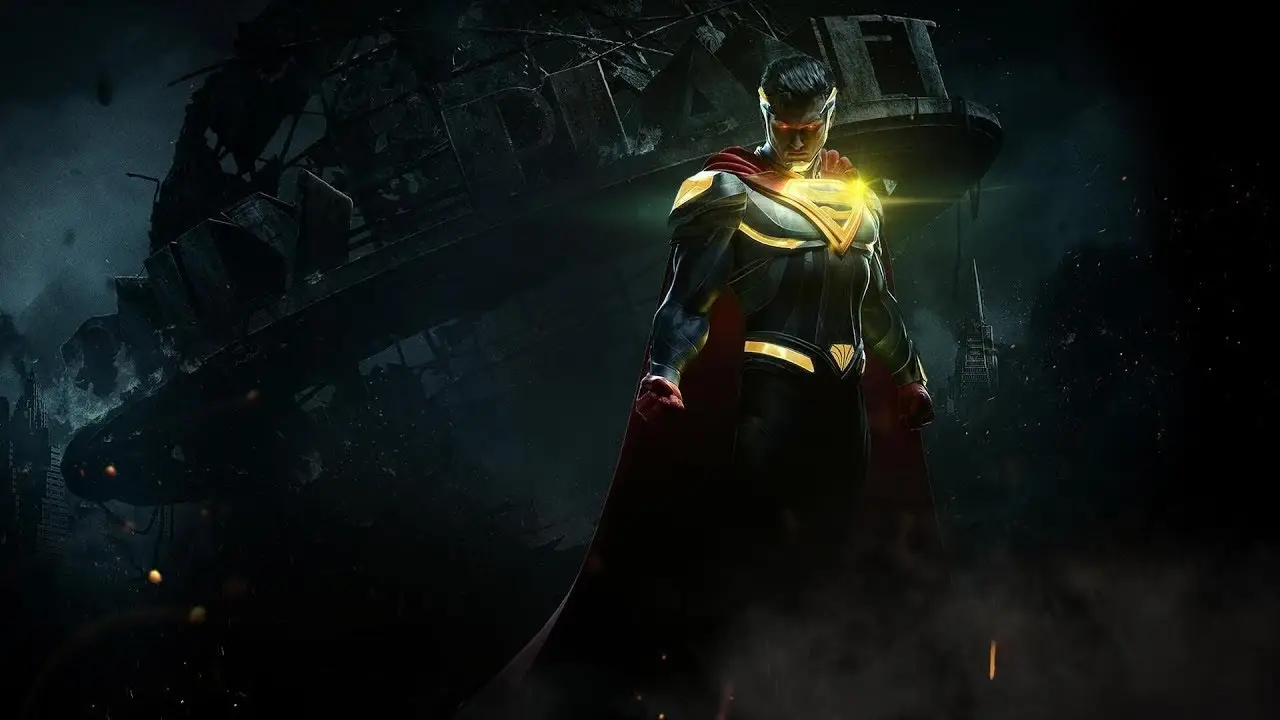
Mobile games continue to evolve, offering more and more high-quality, exciting projects that can be launched on your smartphone. Fighting games on Android have long been a popular choice among gamers, because they allow you to literally immerse yourself in epic battles, no matter where you are. Shadow Fight 3 – a fairy tale of …
Welcome to our blog dedicated to reviews of online games for PC and consoles! Here you will find detailed and objective reviews of the most popular and interesting games that will help you make the right purchase choice. Our team of experts thoroughly tests each game, evaluating its graphics, gameplay, plot, and other important aspects. Whether it’s exciting action games, engaging RPGs, or casual indie projects, we’ll try to uncover all the strengths and weaknesses of each game. Join us and discover new horizons in the world of virtual entertainment!
To learn more
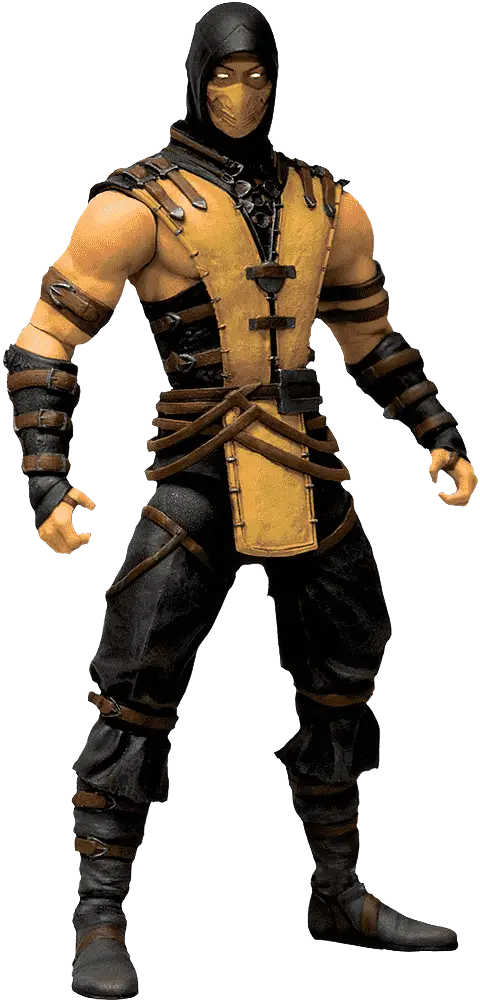

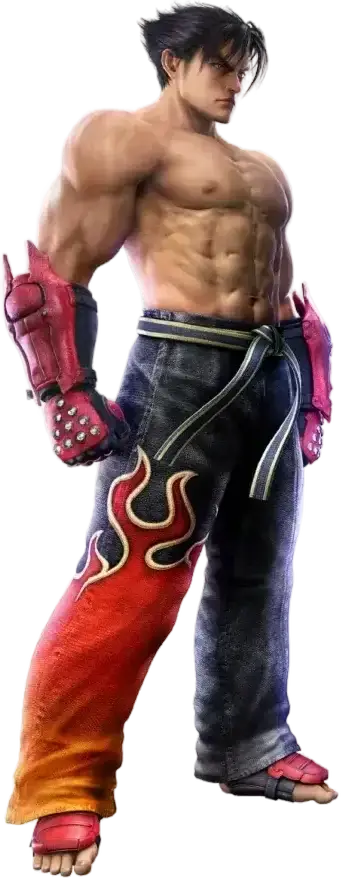
Follow online games - this is a great opportunity to watch exciting matches, find out the latest news and trends in the gaming world. This allows you to stay up to date and be at the center of the gaming industry.
Working in the field of game dev opens up wide opportunities for creative expression and professional growth. You will be able to create exciting games that will delight players around the world, and constantly improve your skills in a dynamic industry.
Playing online games provides many advantages. It allows you to have fun, relax and unwind anytime, anywhere. In addition, online games develop logical thinking, improve reaction time and coordination. They also help relieve stress and improve your mood.
Tekken, the iconic fighting game series, was first introduced to the world in 1994, winning the hearts of players with its thrilling battles and diverse cast of characters. Its rich history over the decades has cemented its position as a favourite standard in the gaming industry.
Street Fighter, one of the most iconic fighting game franchises, was first introduced in 1987. Developed by Capcom, the game revolutionised the genre with its intense fights, memorable characters and influential game mechanics.
MultiVersus, a cross-over fighting game, was introduced in 2022, bringing together characters from the Warner Bros. franchises. Players can battle their favourite heroes and villains in dynamic battles, creating an unforgettable gaming experience.

As a streamer, I love this blog about online games. Here is a deep and objective look at the industry that inspires and entertains.

★★★★★
As a game developer, I absolutely love this blog about online games! Here you can find a lot of useful tips and interesting reviews that help players keep up to date with the latest trends.

★★★★★
A gaming blog worth reading! The reviewer shares her impressions of new online games. Find out what she thinks about the latest releases.

★★★★★